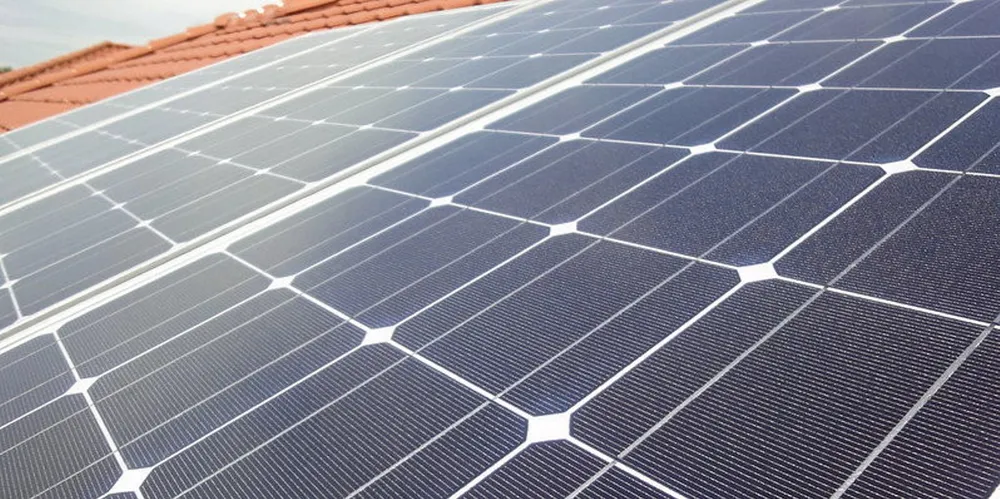'Area the size of Portugal' needed to fully supply Europe with PV and onshore wind
Solar alone and offshore wind are cheap alternatives to use less land in energy transition, new IASS study finds

Solar alone and offshore wind are cheap alternatives to use less land in energy transition, new IASS study finds
